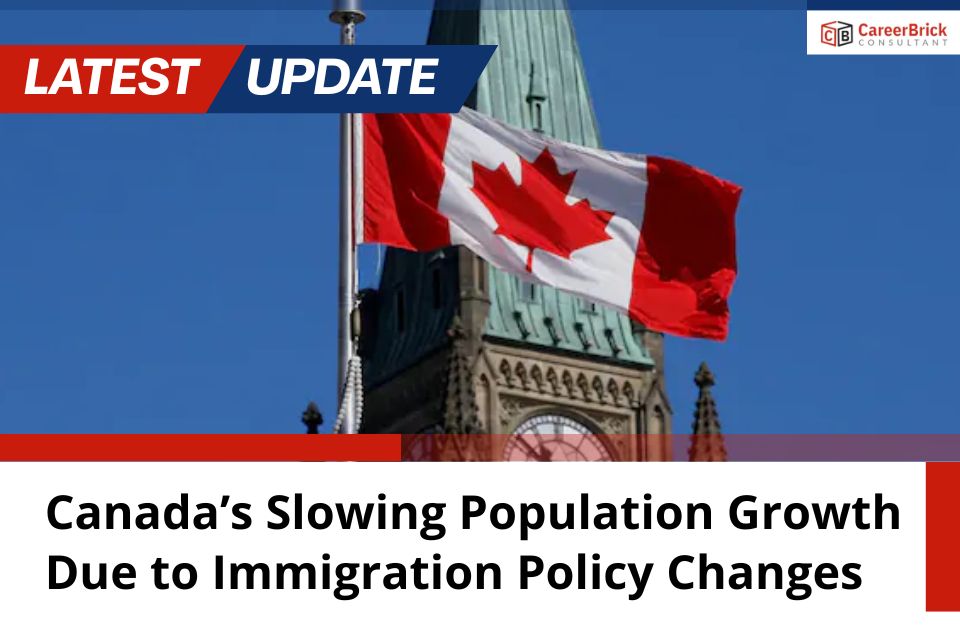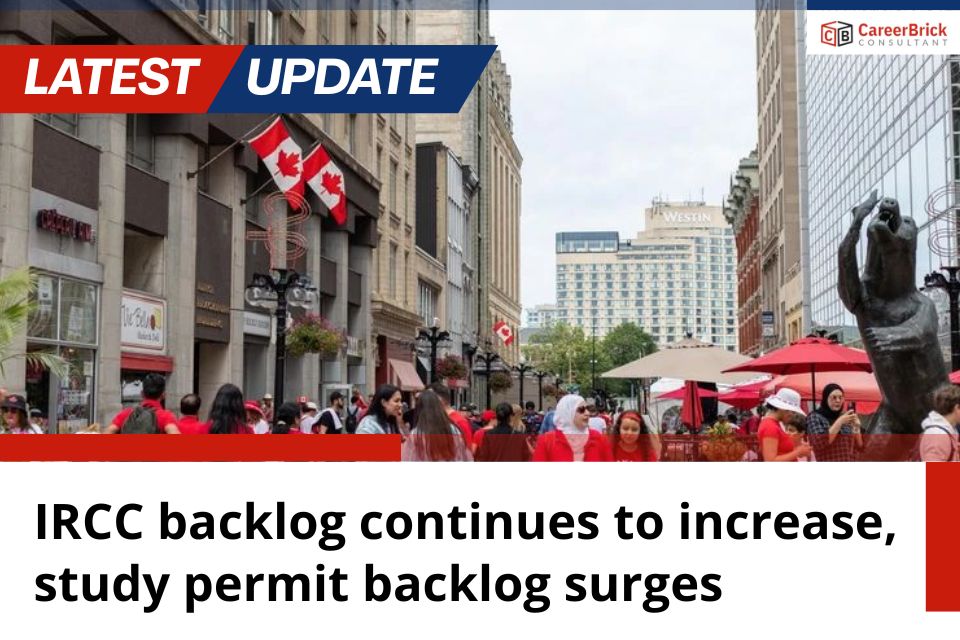Canada’s population growth has hit a new low, as the country experiences the weakest increase in the second quarter of 2025 since the pandemic in 2020. According to Statistics Canada, the population grew by just 47,098 people, or 0.1%, between April 1, 2025, and July 1, 2025.
The decrease in growth follows a series of immigration policy changes introduced by the federal government starting in 2024, aimed at slowing population expansion driven by immigration. These changes included a cap on study permit applications, stricter eligibility for work permits, a 20% reduction in the target for permanent residents, and the first-ever targets for temporary residents.
The effects of these changes are becoming apparent in the latest figures. In Q2 2025, immigration accounted for just 71.5% of the population growth, a sharp drop from 95.3% in the same period of 2024.
Decreasing Non-Permanent ResidentsThe number of non-permanent residents in Canada has also declined for the third consecutive quarter. By July 2025, the total number of non-permanent residents fell to 3,024,216, or 7.3% of the population, down from 7.6% in October 2024.
The decrease was largely driven by a reduction in the number of study and work permit holders, which dropped by over 70,000 in total compared to the same period in 2024. Specific reductions include:
-
A decline of 32,025 study permit holders
-
A decrease of 19,637 work permit holders
-
A drop of 19,072 who hold both types of permits
The government’s measures to reduce the number of temporary residents include limiting study permits, halting low-wage Labour Market Impact Assessments (LMIA) in areas with high unemployment, restricting spousal work permits, and tightening eligibility for Post-Graduation Work Permits.
Long-Term Goals for Temporary ResidentsThe 2025-2027 Immigration Levels Plan reflects the federal government's intention to decrease temporary resident numbers to 5% of the total population by the end of 2026. Under this plan, the government has set targets for temporary residents, including:
-
673,650 admissions in 2025
-
516,600 in 2026
-
543,600 in 2027
This is a significant reduction from previous years, in line with the goal to ease pressure on housing and social services.
Recent data also shows a clear decline in new arrivals for work and study permits. Between January and July 2025, there were 98,070 fewer new students and 137,000 fewer new workers compared to the same period in 2024. In July alone, worker arrivals fell by 37%, and student arrivals decreased by 55%.







